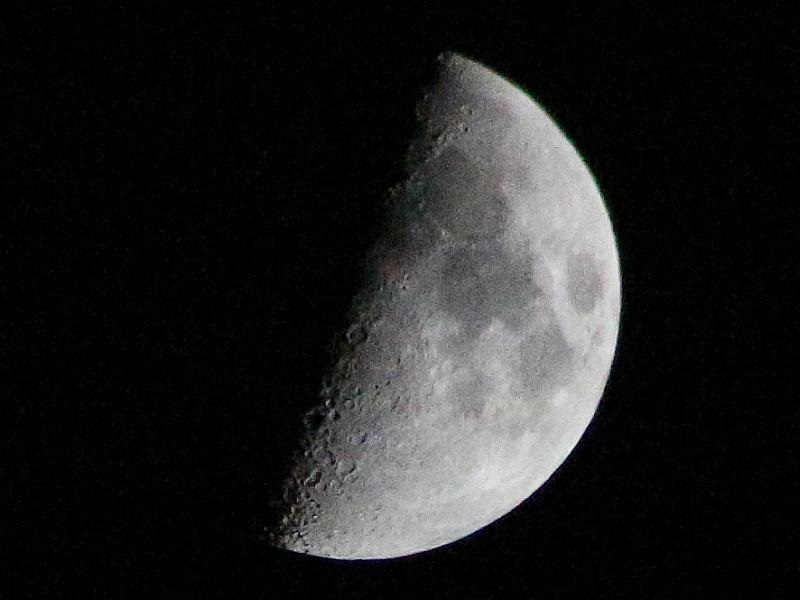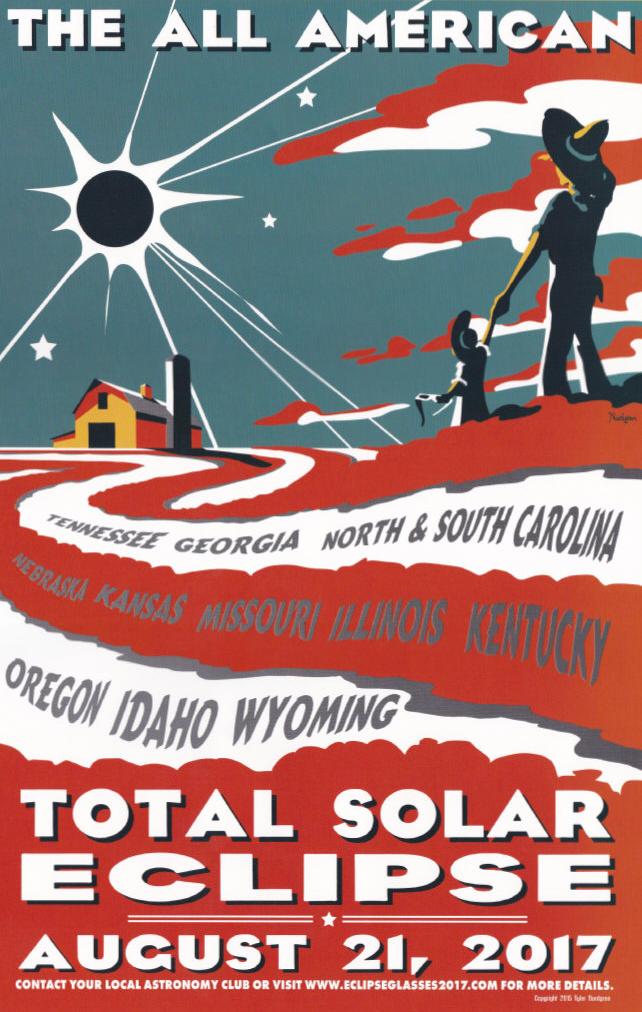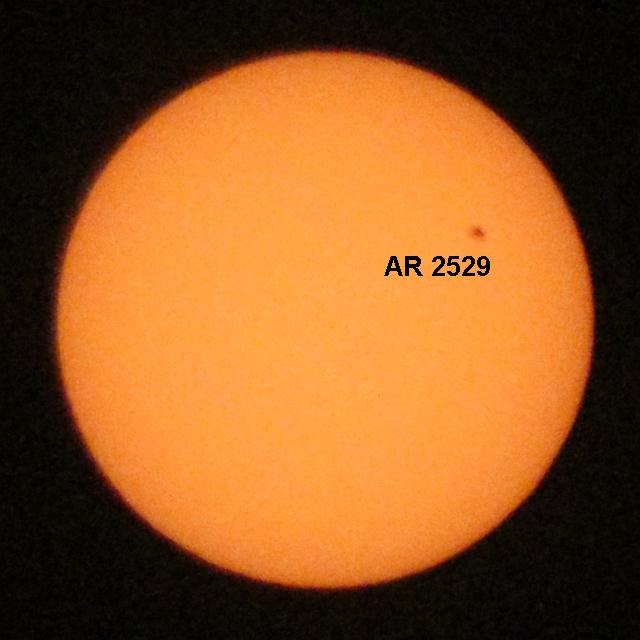It is only 404 days until the Great American Eclipse of August 21, 2017. I have started thinking about what sort of equipment we will need to record the events associated with a solar eclipse.
Last night, I took the photo of the moon, seen above, with my Canon SL1 and a 300mm lens. That’s the bare minimum needed (along with a solar filter) to capture sun images. It did a pretty good image (without the filter) of the waxing gibbous moon last night just before 10PM Arizona time. The settings were: 1/4000 sec exposure, F-8, ISO 6400 and 300mm focal length.
The image above is satisfactory, but not as good as it could be. So, to facilitate further experimenting with the camera and astrophotography, I ordered a telescope adapter kit which offers several good interface options between my DSLR camera and my older Meade ETX90 five inch telescope.
The full moon will be next week and I’m hoping to have the camera/adapter/telescope interface figured out by then. More experimentation to come.







 Damsel and I were out in the courtyard to watch the overflight of the International Space Station this evening. It was still pretty light out and I wanted to see if I could see Sirius in Canis Major as a gauge for the predicted magnitude of the ISS at -1.9. Sirius is magnitude -1.46, a little less bright than the satellite.
Damsel and I were out in the courtyard to watch the overflight of the International Space Station this evening. It was still pretty light out and I wanted to see if I could see Sirius in Canis Major as a gauge for the predicted magnitude of the ISS at -1.9. Sirius is magnitude -1.46, a little less bright than the satellite.